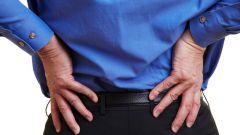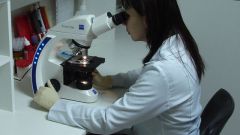You will need
- A notebook, a referral.
Instruction
1
Remember, not do you have lower back pain. This is the main symptom of kidney disease. Acute pain may indicate renal colic, that is, an acute inflammatory process. Dull aching pain is a sign of chronic kidney disease.
2
Check urine for impurities. The presence of blood and mucus is a worrying sign that suggests the kidney disease. Violation of urination also a symptom of the disease of the urinary organs.
3
Determine the amount allocated to the knocks of urine and record the results. If more than two liters, we can talk about polyuria. If the volume is very small, it oliguria. There is a nasty symptom of anuria, that is, the cessation of urine output by the kidneys. Frequent urination is called pollakiuria. All these symptoms of kidney disease.
4
Check your body for the presence of edema. Look in the mirror: if your face is puffy eyelids swollen, and the palpebral aperture is narrowed, it is likely you have a problem with the kidneys. A distinctive feature of renal edema is pale and high-speed development. Sometimes renal edema occur not only on the face but on the body, especially the extremities. Swelling can join in a heartbeat, lethargy, fever, nausea and vomiting.
5
If you experience any of the above symptoms, be sure to visit the urologist. Modern survey methods allow to identify kidney disease at an early stage and prevent progression of the disease.
Note
Most likely, the doctor will prescribe you an ultrasound (ultrasound) of the kidneys and bladder. It is an absolutely painless and safe method. If you are going for an ultrasound, bring a sheet and all available previous surveys. In the study of the bladder must be filled with urine.


